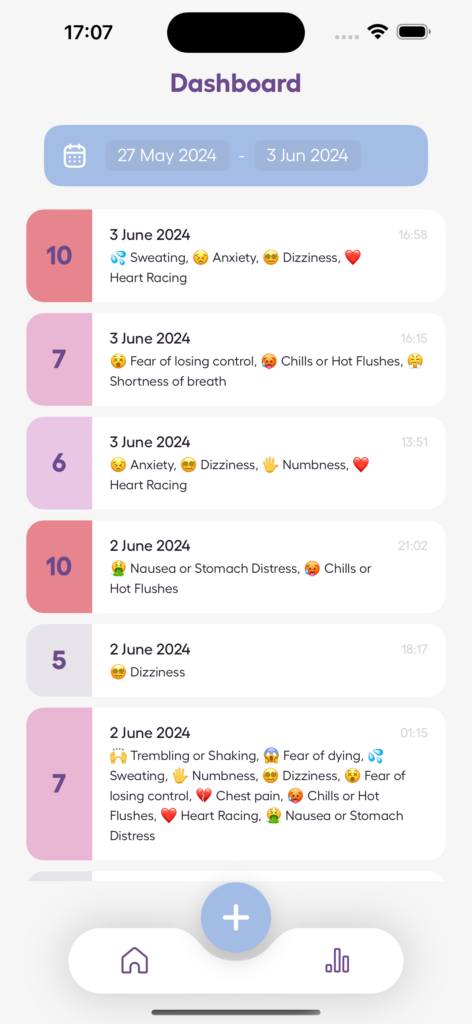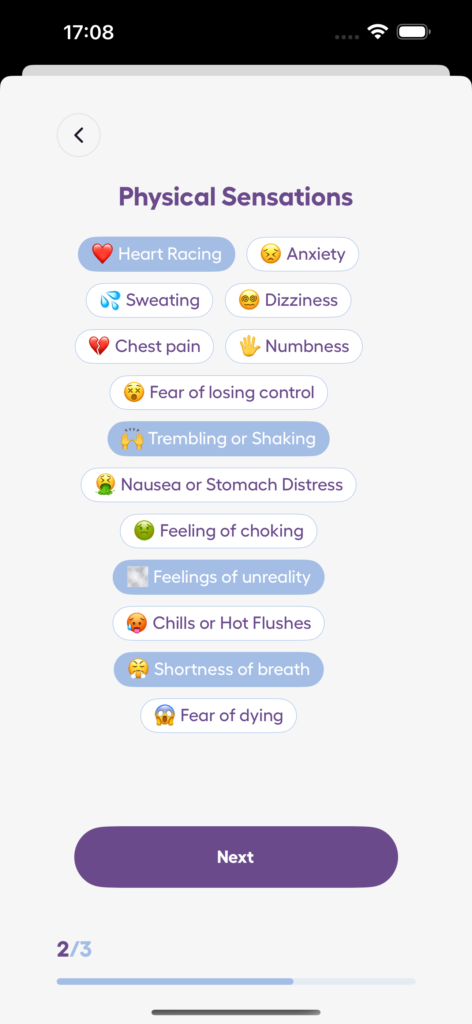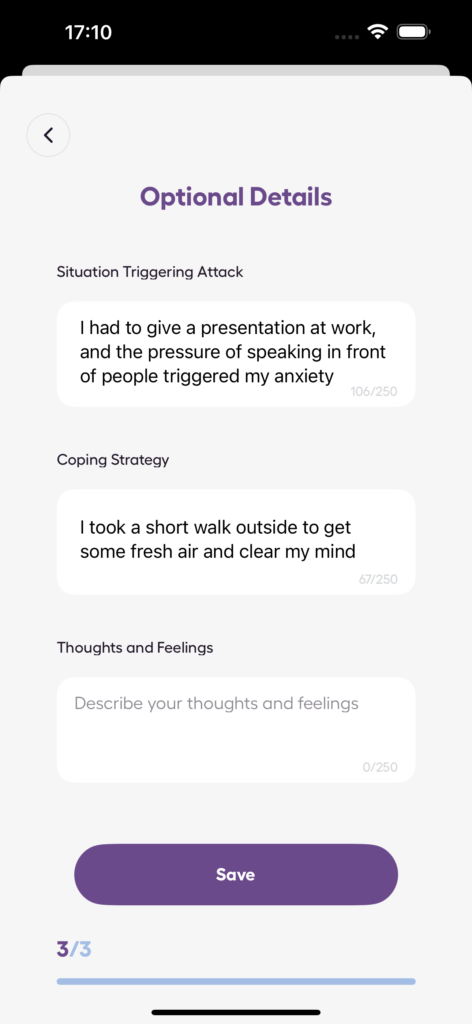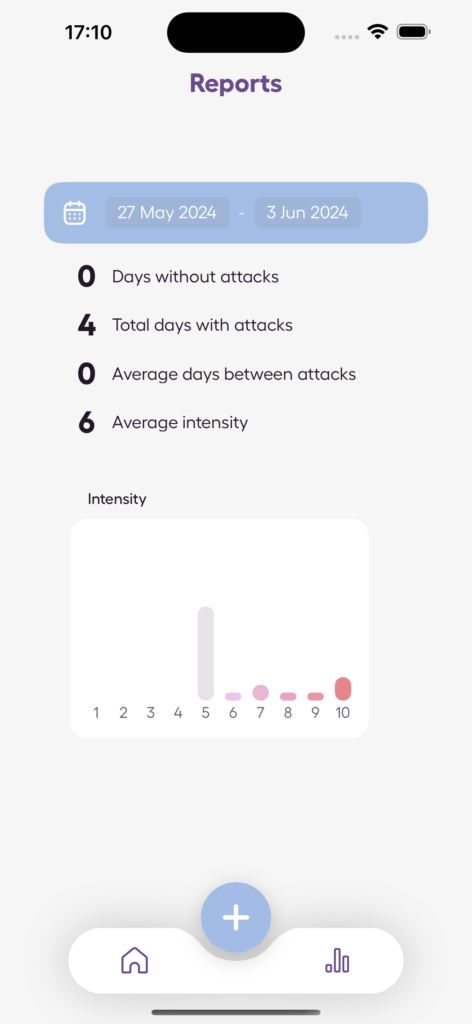- Yes, it can. Studies show lifting weights 2-3 times per week can lower anxiety by up to 20%.
- How it works: Strength training releases feel-good chemicals like serotonin and GABA, calms your brain’s "fear center", and boosts confidence.
- No gym needed: Start with simple bodyweight exercises at home or use minimal equipment.
Key Takeaway: You don’t need to spend hours at the gym. Just 20-30 minutes of resistance training, twice a week, can help you feel calmer and more in control.
Want to know how to start? Read on for research-backed tips and workout plans designed to reduce anxiety.
Research on Strength Training and Anxiety Relief
Studies Showing Anxiety Reduction
Want proof that pumping iron can help calm your mind? The numbers speak for themselves.
A 2017 meta-analysis looked at 922 people and found something interesting: resistance exercise training (RET) cut anxiety symptoms by 0.31 standard deviations . The best part? People who were already healthy saw the biggest improvements. This means you don’t need to have anxiety issues to benefit from hitting the weights.
Fast forward to 2021: young adults dealing with signs of generalized anxiety took part in an 8-week RET program. The results? They reported big drops in both worry and anxiety – and we’re talking changes that made a real difference in their daily lives.
A study in Scientific Reports backs this up too. People who lifted weights twice a week for eight weeks felt much less anxious and stressed by the end.
How Strength Training Reduces Anxiety
Ever wonder what happens in your body when you lift weights? Here’s the science: Your body pumps out feel-good chemicals like BDNF and IGF-1. Plus, the way you breathe during lifting helps calm your nervous system. New research from 2024 shows that resistance exercise actually changes your brain’s blood flow and neural patterns – partly because of those steady breathing patterns you use while lifting.
But it’s not just physical. Crushing a tough workout builds confidence. It’s like a mental vacation from your worries, creating an upward spiral for your mental health.
Impact of Training Frequency and Intensity
Good news: you don’t need to live at the gym to feel better. Just twice a week can make a real difference. But here’s something cool from a 2021 study: people who did high-intensity RET saw their anxiety levels drop more than those who kept things light. Translation? As you get stronger and lift heavier, you might feel even better mentally.
Here’s the bottom line: don’t stress about being perfect. Whether you’re deadlifting heavy or starting with push-ups against the wall, what matters is showing up regularly. That’s how you’ll tap into those anxiety-busting benefits.
Related video from YouTube
sbb-itb-b1dedcc
Creating Strength Training Plans for Anxiety Relief
Want to build strength and feel calmer? Here’s how to create an exercise plan that does both. Research shows that the right strength training approach can help reduce anxiety while building physical strength.
How Often and How Intense to Train
Here’s something interesting: studies show that hitting the weights 2-3 times per week can cut anxiety by up to 20%. And you don’t need to spend hours in the gym to get these benefits.
The sweet spot? 8 weeks to 12 months of consistent training, 1-3 times weekly. This works for everyone – whether you have an anxiety disorder or just want to feel more relaxed.
Pick weights that challenge you but don’t overwhelm you. Build up gradually. As Dr. Matthew P. Herring from the University of Limerick puts it: "Resistance exercise training may be an accessible alternative therapy to improve anxiety and depression, while also improving other important aspects of health" .
Don’t skip those rest days – they’re key for both your muscles and your mind.
Choosing Exercises and Structuring Workouts
Keep it simple with compound movements – exercises that work multiple muscle groups at once. These pack the biggest punch for both strength gains and anxiety relief:
- Squats: Work your legs, glutes, and core
- Deadlifts: Target your back, legs, and core
- Bench Press: Build your chest, shoulders, and triceps
You don’t need a complicated routine. In fact, 5-6 exercises per session work better for mental health than longer workouts. Start with a 5-minute warm-up and wrap up with a cool-down.
Here’s a quick breakdown of what works:
| Workout Component | Details |
|---|---|
| Number of Exercises | 5-6 per session |
| Sets and Reps | 2-3 sets of 6-12 repetitions per exercise |
| Session Duration | 20-30 minutes |
A typical 30-minute session might look like this: squats, deadlifts, bench presses, rows, and planks. Keep rest periods short between sets to maintain momentum.
Using Strength Training to Support Mental Health
Strength training does more than build muscle – it’s a powerful way to boost your mental well-being. By keeping tabs on your workouts, you’ll see how they help manage anxiety over time.
Strength Training as an Accessible Option
The best part about strength training? You can do it anywhere, anytime. No need for expensive therapy sessions or fancy equipment. Start with basic bodyweight moves at home, or head to the gym if that’s your style. What matters most is sticking with it – even 15-20 minute sessions can make a real difference in how you feel.
Combining Strength Training with Other Methods
While pumping iron helps on its own, mixing it with other activities kicks things up a notch. Add some cardio to your routine, and you’ll boost both your body and mind.
Try this: Focus on your breathing during workouts. It’s a simple way to stay present, cut down stress, and get more out of each session. When you match your physical moves with mental focus, you’re hitting anxiety from two angles.
Anxiety Journal: Track Your Progress
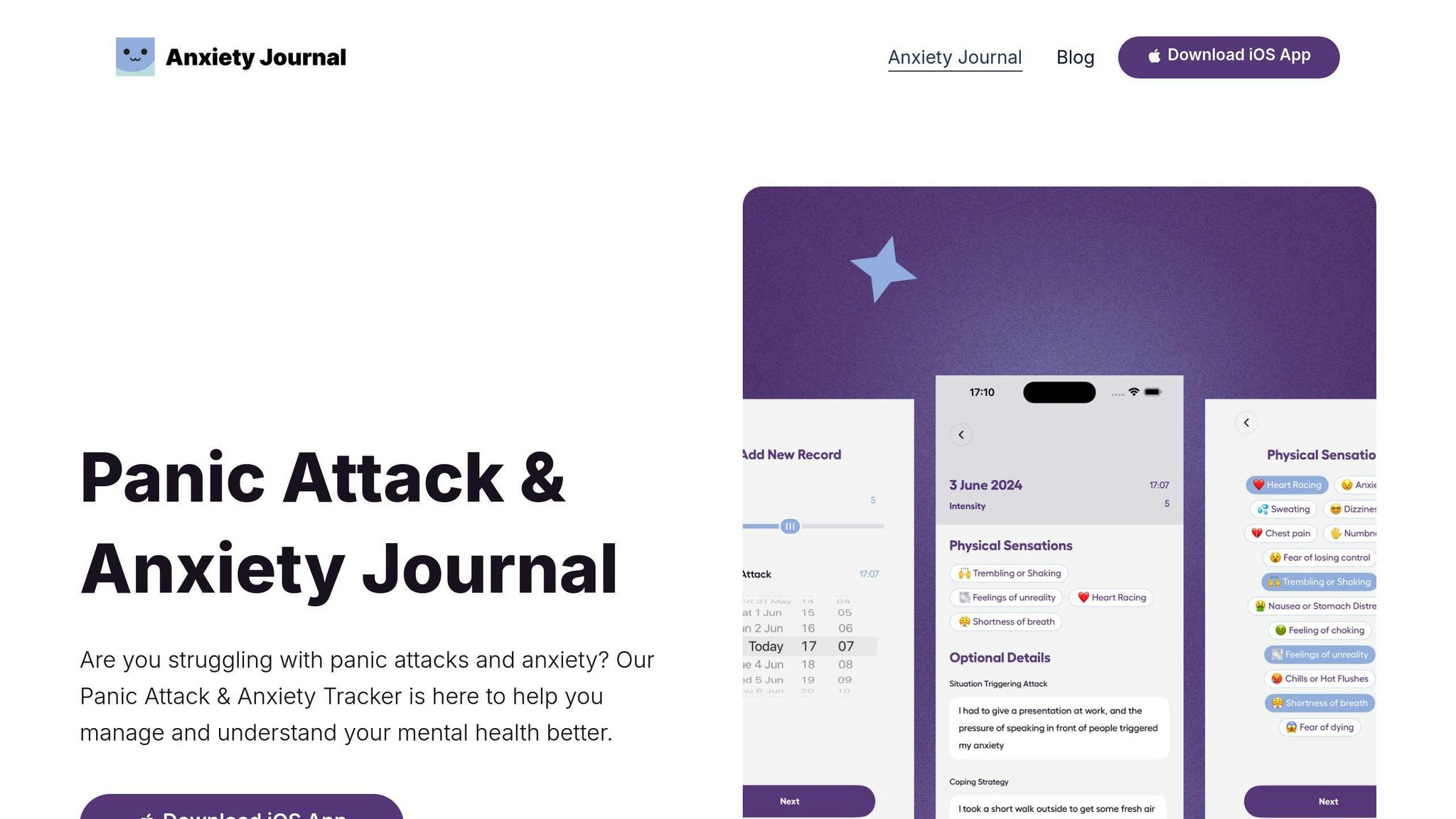
Want to see how strength training affects your mood? The Anxiety Journal app lets you record your stress levels and track changes over time. It’s like having a personal mental health dashboard. The more you track, the better you’ll understand which workouts help you feel your best. This way, you’re not just guessing – you’re using real data to build a routine that works for YOU.
Conclusion: Strength Training for Anxiety Management
Research shows that strength training does more than build muscle – it’s a powerful way to reduce anxiety and boost mental health. Studies back this up: resistance exercise training (RET) helps lower anxiety symptoms in many different groups, including people who already have mental or physical health challenges.
You don’t need to be a fitness buff to get started. Whether you’re doing push-ups in your living room or lifting weights at the gym, strength training fits your comfort level. Want to boost the benefits? Try mixing in some mindful breathing during your workouts or add a cardio session. When you combine these approaches, you’re hitting anxiety from multiple angles.
Keep tabs on how your workouts affect your mood. The Anxiety Journal app helps you record your exercises, stress levels, and spot what works best for you.
Each rep and set builds more than just physical strength – you’re developing mental toughness to handle anxiety better. It’s a simple but effective tool that fits right into your mental health toolkit.


